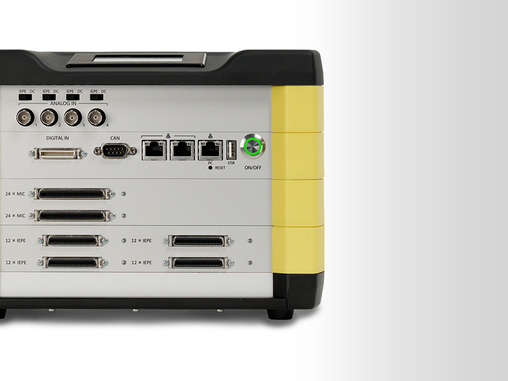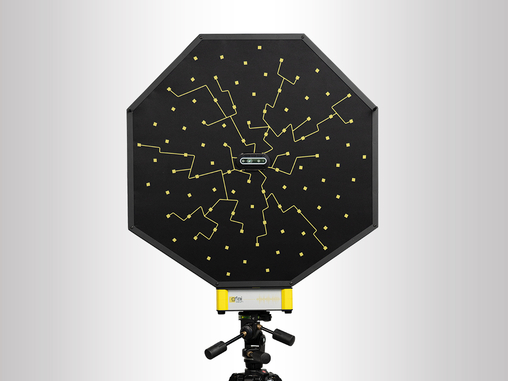In the future, Intel® RealSense™ depth cameras will be installed as standard in our microphone arrays. This camera offers a wide field of view. The sensors offer high light sensitivity so that images can be taken even in dark environments. This camera offers advantages for acoustic measurements where it is essential to see as much of the scene as possible.
Despite the wide angle lens, there is no cushion effect and the optics are equalized. But the biggest advantage is probably the possibility of taking a depth image directly. This allows the automatic acquisition of the depth of focus from one perspective and thus better analysis of sound sources at different distances. For example, the correct focus for each sound source in the image can be found automatically.
The depth Information is especially useful when sound sources are at different distances from the Acoustic Camera. Defining the focus plane in that case can lead to errors, since it is not the same focus for all sound sources. With this camera, the depth Information can be measure, so the focus can be adjusted for different distances.












